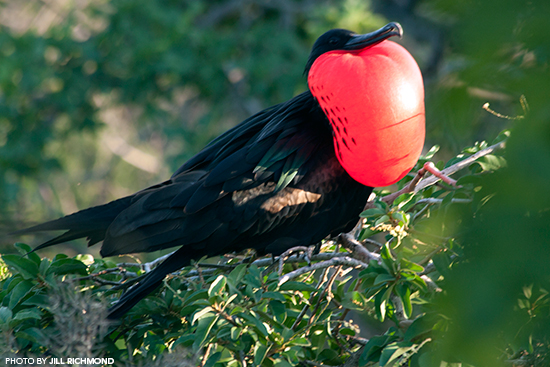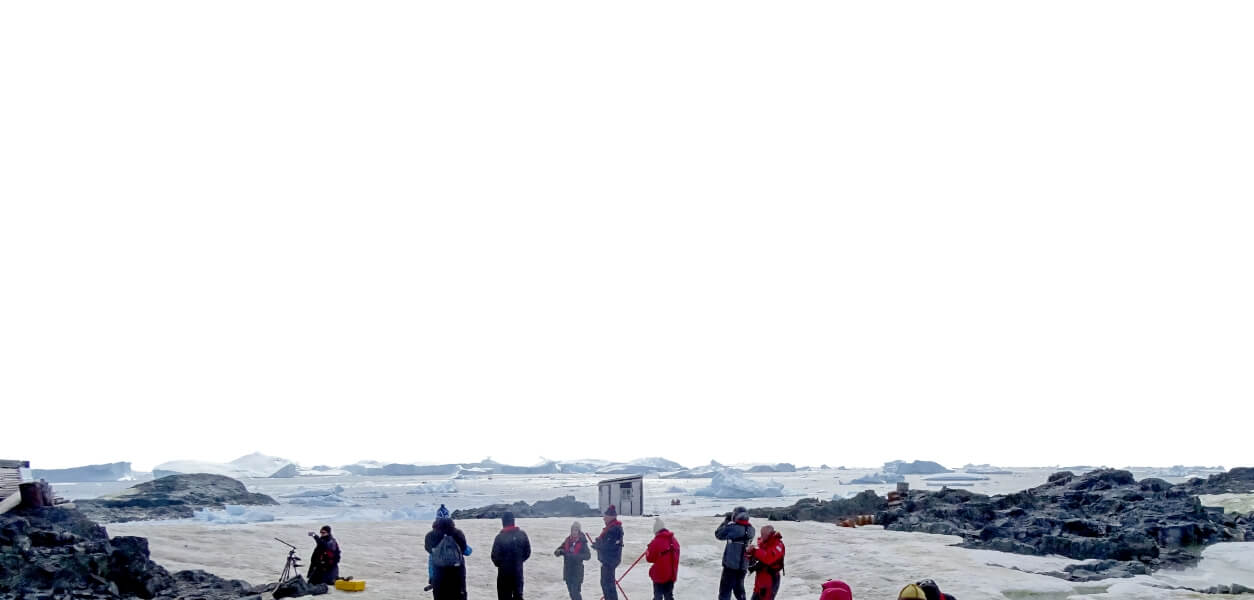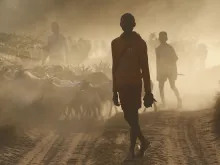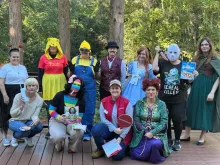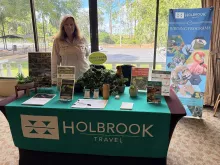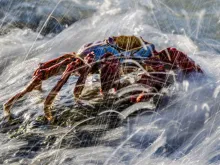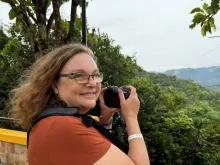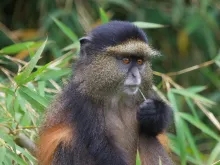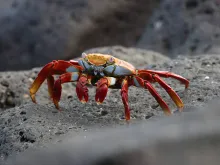Tourism has been a major driving force behind conservation and scientific research in the Galápagos, but it has also had negative impacts resulting in unfavorable changes. Invasive species, population growth, and illegal fishing are just a few of the many other threats to the islands. The International Galápagos Tour Operators Association (IGTOA) is a non-profit organization whose mission is to preserve the unique wildlife and ecosystems of the Galápagos Islands by working with travel companies and environmental groups to support conservation projects, scientific research, and education in the islands. IGTOA’s most recent efforts include: - Contributing $50,000 to the non-profit WildAid to improve the shipping and quarantine system between the mainland and the islands to help reduce the likelihood that new invasive species will reach the Galápagos. - Donating over $100,000 to the Charles Darwin Foundation, which has been on the front-line in the war to eradicate invasive species. - Donating a GPS system and video equipment to the Galápagos National Park service to aid in their patrols for illegal fishing activity. - Sponsoring opportunities for young people to gain experience in tourism and public relations at the Charles Darwin Research Station. - Funding conservation education for local students and teachers with Ecology Project International. As part of the training, students monitored 60 tortoises in the wild, eradicated 6,000 square meters of invasive blackberry plants, and restored native habitat for giant tortoises and other species. As a longtime member of IGTOA, Holbrook Travel contributes a small donation for each passenger who travels with us to the Galápagos — in 2013, this resulted in a total donation of more than $7,000. In all destinations, Holbrook is firmly committed to the principles of sustainable tourism, educating our travelers about the importance of conservation, and promoting respect and appreciation of the world’s diverse and precious ecosystems. Source: IGTOA.org
Baby booby
Magnificent Frigatebird
Marine Iguana
Marine Iguana
Pinnacle Rock
Sally Lightfoot Crab
Galapagos Sea Lion
Toxic Sea Urchin (L) and Yellow-spotted Starfish (R)
Galapagos Giant Tortoise


